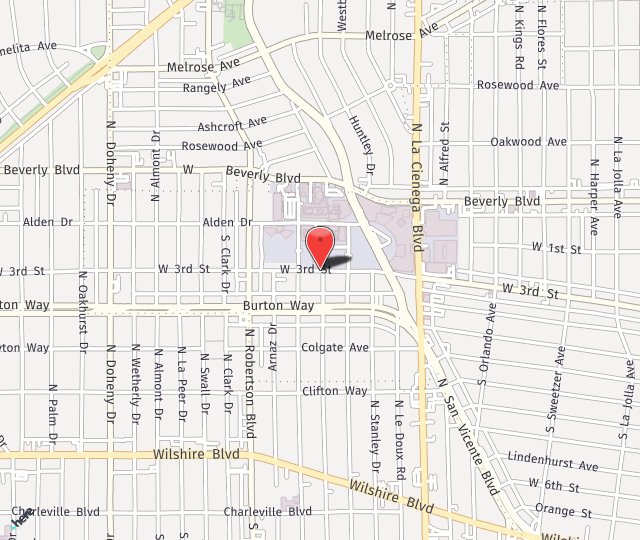The Facial Paralysis of Bell’s Palsy
- Posted on: Nov 15 2020

Dr. Seruya operates on patients with Bell’s Palsy when a successful outcome has better chances through surgery than waiting for the damaged nerve to potentially heal on its own.
What are the symptoms of Bell’s Palsy?
You could assume that your muscles operate on their own, but they don’t. To contract, the muscles must receive electrical signals from the brain. This communication comes through the nerves.
When the facial nerve is involved, the muscles around the eye and mouth no longer receive the electrical signals, so the muscle, in effect, turns off. Now the side of the face can appear frozen. Simple tasks, such as blinking or making a smile become difficult, if not impossible. If you can’t close your eyelids your eyes dry out and become red and irritated. Vision loss can occur if this is allowed to continue as the cornea at the front of the eye dries out.
Some typical signs of Bell’s Palsy:
- Drooping mouth
- Inability to smile or pucker lips
- No muscle tone in cheeks
- Drooping eyelid
- Inability to close eyelid
- Inability to furrow brow
What causes Bell’s Palsy?
This nerve problem can be congenital, or it can be a result of trauma, radiation, tumor, or certain viral illnesses. When the nerve is overly stretched, the inner part of the nerve remains together but the outer cover and blood supply are pulled apart. When the nerve is ruptured, it completely snaps, leaving two free ends that cannot pass electrical signals.
When is surgery necessary?
Dr. Seruya operates on Bell’s Palsy patients when it is believed the nerve cannot heal on its own before there is a risk of permanent damage. In the case of a complete rupture, this can only be addressed with surgery. Generally, a damaged nerve has 12 months to regenerate before the damage is permanent and the paralysis is as well.
Dr. Seruya uses various surgical methods for these cases. He may remove scar tissue from around the nerve. He may cut out scar tissue that is filling the nerve gap and then use a sensory nerve graft taken from a healthy, but less important, muscle to transfer to the injured nerve. He may also transplant a healthy muscle to the face to replace the paralyzed smile muscle.
If you have signs of Bell’s Palsy or other nerve damage, please don’t hesitate to call Dr. Seruya at (310) 423-2129 and put his expertise to work.
Posted in: Facial Paralysis | Bell’s Palsy

